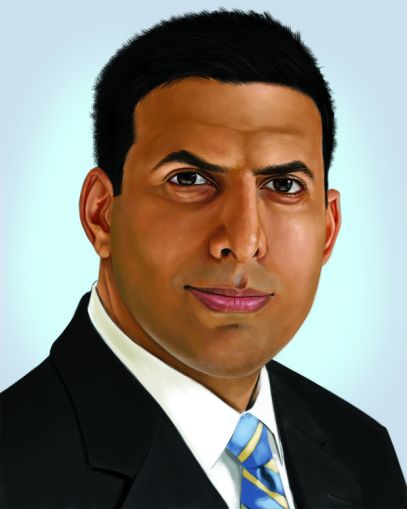The Bank of Japan’s campaign of shock and awe is approaching its half-year anniversary. Early results are mostly according to plan. The economy expanded at a relatively brisk pace in the first quarter. Though it’s purportedly not the goal, the yen has fallen 20 percent against the dollar. The Nikkei’s broad stock indices are up sharply, even after last Thursday’s 7 percent dive. Retail sales data due this week could get a lift from a modest wealth effect.
Japan has been in trouble for a long time but has only now started to act like it. Seeing a threat to his country’s economic sovereignty, Prime Minister Shinzo Abe is orchestrating Japan’s turnaround on more than one front. In January, he announced new fiscal stimulus of roughly $100 billion. He cleaned house at the Bank of Japan, installing a regime committed to more aggressive monetary policy. To address declining competitiveness on a more fundamental level, he is now embarking on a campaign of structural reforms.
If growth is the goal, inflation is the yardstick of Abenomics’ success. The yield on 10-year government bonds dropped below 2 percent in 1998, just as inflation was turning negative. It has made forays above 2 percent on just a few occasions since. Prices have fallen by 4 percent over the same 15-year period; in the United States, they have climbed more than 40 percent.
The central bank is working to anchor inflation expectations at 2 percent in 2015. If export-driven profits drive wages, the combination of rising disposable income and more confident consumers may help them along. That outcome is hardly guaranteed. Cost-push inflation without a commensurate rise in nominal wages would represent a serious reversal. Governor Haruhiko Kuroda is holding any concerns close to the vest. Like central bankers in the United States, he risks alienating investors if he speaks too plainly.
Outside the Bank of Japan, driving reform will get harder before it gets easier. Early in his term, the Prime Minister enjoys broad public support. The novelty may wear off when the choices become unpopular. The country’s consumption tax rises from 5 percent to 8 percent next April. That should trigger a spike in consumption during the preceding months, followed by a drop immediately after. If the political or economic climate isn’t right, the government may opt to postpone.
Such missteps in fiscal policy or market reform will imperil the turnaround. As our own central bank chairman has opined with some frequency, monetary policy cannot serve as an offset to bad choices on other fronts.
Even with an apparent alignment of fiscal and monetary policy goals, the Bank of Japan is showing it has a finite capacity to bend the yield curve to its will. Tracking the United States and Germany, Japan’s 10-year government bonds are rising. From an all-time low in early April, yields are rising in spite of unprecedented bond buying. That prompted Governor Kuroda on Sunday to reassure markets that Japan’s banks—exposed to the hilt to bonds—can weather a rate shock as long as it is accompanied by stronger economic and lending trends. More likely, the growth program will collapse if rates trend higher. Sovereign debt buyers would then turn sour on Abenomics, making Europe’s debt crisis look more like a trial run.



